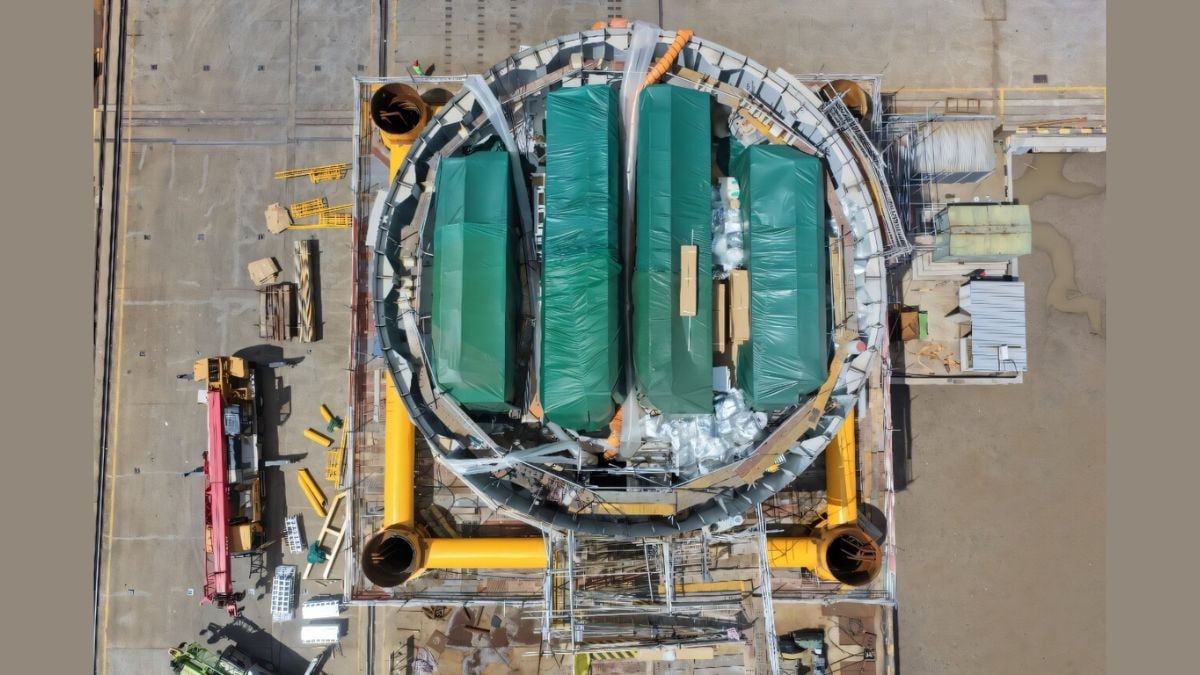In accordance with reducing the complexities driven by the electricity used by the data centers, a Chinese company aims to place the pods underwater in the sea off Shanghai. Currently, an under-construction large yellow capsule, on a wharf near the city, is facing ecological challenges. Significantly, the commercial viability of the project is being questioned. The world's websites and other apps are heavily reliant on the data centres, especially after the introduction of AI and cloud computing being actively implemented globally.
Advantages of Underwater Data Center
As stated by Yang Ye, Member of the Maritime Equipment Firm Highlander, Underwater operations come with inherent advantages. As compared to the power-driven data centers that produce massive heat, the underwater strategy is much cooler and potentially environmentally safe. Further, he added, underwater facilities will save 90%of energy consumption in cooling.
The Challenges
Although the concept of this project is robust, however, potential construction challenges and environmental threats may surface. The completion of an underwater data center may involve greater construction challenges as it is hard for the base to build submerged within the ocean. Likewise, the warming effects generated by this data center may impact the marine ecosystem. Either this construction will welcome the new threats or some species will have to change their way.
Takeaway
Although the potential challenges and threats have been exemplified, currently, the research is in progress. There are a lot of unknowns still prevailing. This underwater data center is set to transform traditional ways. Also, some researchers believe that these underwater operations may not be able to get rid of the power-driven data centers soon.

Comments
Post a Comment